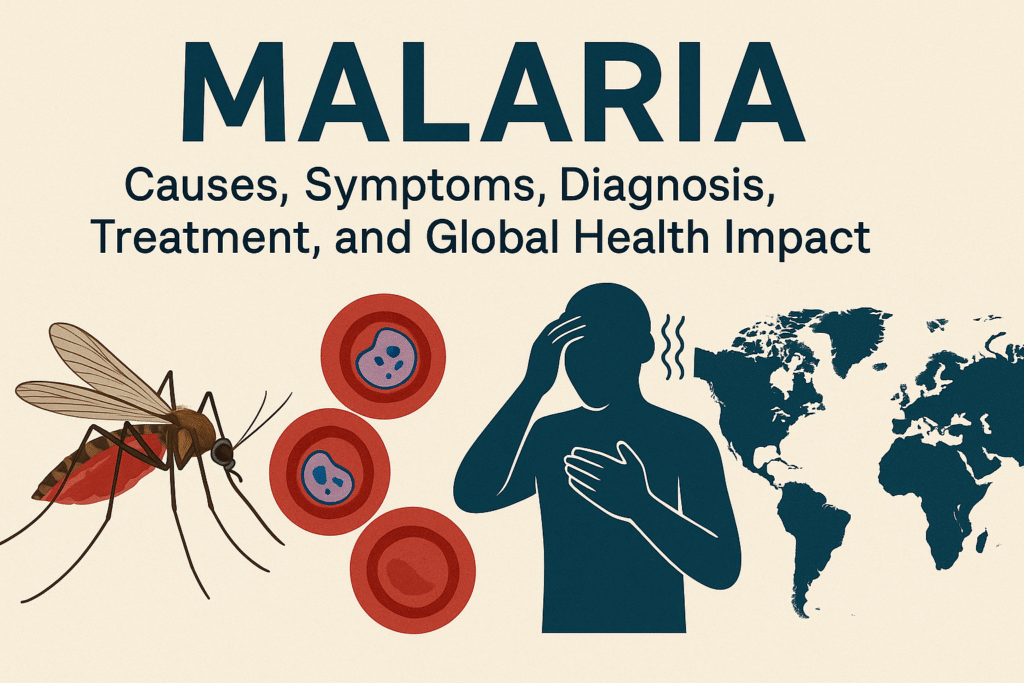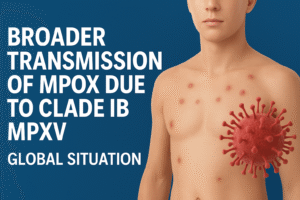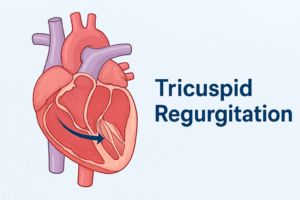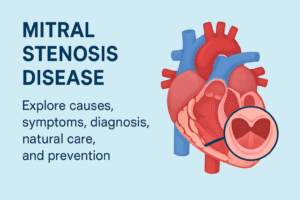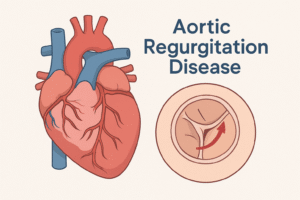Malaria remains one of the deadliest infectious diseases worldwide, causing significant health and economic burdens even though it is both preventable and curable. According to the World Health Organization (WHO) Global Malaria Report 2023, there were 249 million malaria cases and 608,000 deaths in 2022. Children under five and pregnant women are most vulnerable. Malaria is caused by Plasmodium parasites, transmitted through the bites of infected female Anopheles mosquitoes. Understanding its causes, symptoms, prevention, and treatment is key to reducing its global impact.
What Causes Malaria?
Malaria is triggered by Plasmodium parasites, which multiply in the liver after entering the bloodstream through a mosquito bite. The five main species affecting humans are:
- Plasmodium falciparum – the most dangerous, often causing severe and fatal cases.
- Plasmodium vivax – common in Asia and Latin America, capable of relapse.
- Plasmodium malariae – less common, but can cause long-lasting infections.
- Plasmodium ovale – found mainly in Africa, may relapse.
- Plasmodium knowlesi – zoonotic, seen in Southeast Asia.
After the liver stage, parasites invade red blood cells, causing recurring fevers, anemia, and other complications.
Stages of Malaria Infection
Malaria progresses in several stages:
- Incubation Period (7–30 days): Parasite develops in the liver with no symptoms.
- Cold Stage: Chills and shivering appear.
- Hot Stage: High fever, headache, vomiting, and rapid heartbeat.
- Sweating Stage: Intense sweating followed by exhaustion.
- Relapse Stage: Can occur in P. vivax and P. ovale infections, causing recurring symptoms.
Recognizing these stages helps in timely diagnosis and treatment.
Types of Malaria: Uncomplicated vs Severe
- Uncomplicated Malaria: Causes fever, chills, sweating, fatigue, and headache.
- Severe Malaria: Often due to P. falciparum, leading to anemia, organ failure, cerebral malaria, seizures, or even death. Early treatment prevents uncomplicated cases from becoming severe.
Common Symptoms of Malaria
Typical symptoms include:
- High fever with chills
- Profuse sweating
- Fatigue and muscle pain
- Headache, nausea, vomiting, or diarrhea
- Anemia and jaundice
- Enlarged spleen or liver
Severe cases may involve seizures, coma, or organ failure, requiring urgent medical attention.
How Malaria Is Diagnosed
Early and accurate diagnosis is crucial. WHO recommends:
- Microscopic Blood Smear: Gold standard for detecting parasites.
- Rapid Diagnostic Tests (RDTs): Quick and useful in remote areas.
- Polymerase Chain Reaction (PCR): Highly accurate, mostly for research.
Timely diagnosis ensures correct treatment and reduces the risk of severe complications.
Supportive Care Alongside Treatment
Besides medications, supportive care improves recovery:
- Hydration: Drink fluids and electrolyte solutions.
- Rest: Adequate sleep boosts the immune system.
- Nutrition: Iron, protein, and vitamins aid recovery.
- Herbal Remedies: Artemisia annua, source of artemisinin, can complement treatment.
⚠ Important: Supportive care cannot replace antimalarial drugs.
Effective Malaria Prevention Strategies
Prevention is the most powerful tool against malaria:
- Insecticide-Treated Nets (ITNs): Protect while sleeping.
- Indoor Residual Spraying (IRS): Kills mosquitoes indoors.
- Mosquito Control: Remove stagnant water around homes.
- Preventive Medicines: For travelers to endemic areas.
- Vaccination: WHO-approved RTS,S/AS01 (Mosquirix) vaccine protects children from severe malaria.
Combining these strategies with community awareness reduces malaria transmission significantly.
Recommended Diet for Recovery
Nutrition supports immunity and recovery:
- Iron-rich foods: Spinach, lentils, red meat
- Vitamin C foods: Oranges, guava, tomatoes
- Protein sources: Eggs, beans, fish
- Hydrating foods: Coconut water, soups, fruits
Avoid alcohol, caffeine, and processed foods during recovery.
Who Is Most at Risk?
High-risk groups include:
- Children under five years
- Pregnant women
- Immunocompromised individuals (HIV/AIDS patients)
- Travelers to endemic regions
- Rural and low-income communities
Targeted interventions for these groups can save lives.
Global Burden of Malaria
Malaria affects health, economy, and education.
- 95% of cases and 96% of deaths occur in Africa.
- Countries like Nigeria, Uganda, and Tanzania account for half of global cases.
- Malaria reduces productivity and increases healthcare costs in developing nations.
WHO and partners aim to reduce malaria cases and deaths by 90% by 2030 through stronger health systems, community action, and sustained funding.
Conclusion: Towards a Malaria-Free World
Malaria is preventable and treatable, yet it remains a major health and economic challenge. Through prevention, timely treatment, vaccination, and global cooperation, a malaria-free world by 2030 is achievable. Strengthened healthcare systems and community engagement will save millions of lives and boost development worldwide.
Frequently Asked Questions (FAQs)
1. What causes malaria in humans?
Malaria is caused by Plasmodium parasites transmitted through infected mosquito bites.
2. What are the first symptoms of malaria?
Fever, chills, sweating, fatigue, headache, nausea, and vomiting are early signs.
3. Can malaria be completely cured?
Yes, with appropriate antimalarial treatment. Some forms may relapse if liver parasites remain.
4. How can malaria be prevented?
Use insecticide-treated nets, indoor spraying, preventive medicines, and vaccination.
5. Is there a vaccine for malaria?
Yes. The WHO-approved RTS,S/AS01 vaccine reduces severe malaria risk in children.
6. How many people die from malaria annually?
In 2022, approximately 608,000 deaths occurred worldwide, mostly in Africa.
7. What foods help in malaria recovery?
Iron-rich, protein-based, and vitamin C-rich foods, along with hydration, aid recovery and strengthen immunity.
We value your feedback! Please share your thoughts or suggestions—it helps us improve and serve you better. Your voice truly matters.
Sources – WHO malaria page: https://www.who.int/health-topics/malaria
CDC malaria resources: https://www.cdc.gov/malaria
UNICEF malaria facts: https://www.unicef.org/health/malaria
Read our article on – https://newsarmour.com/rabies-prevention-and-cure/

